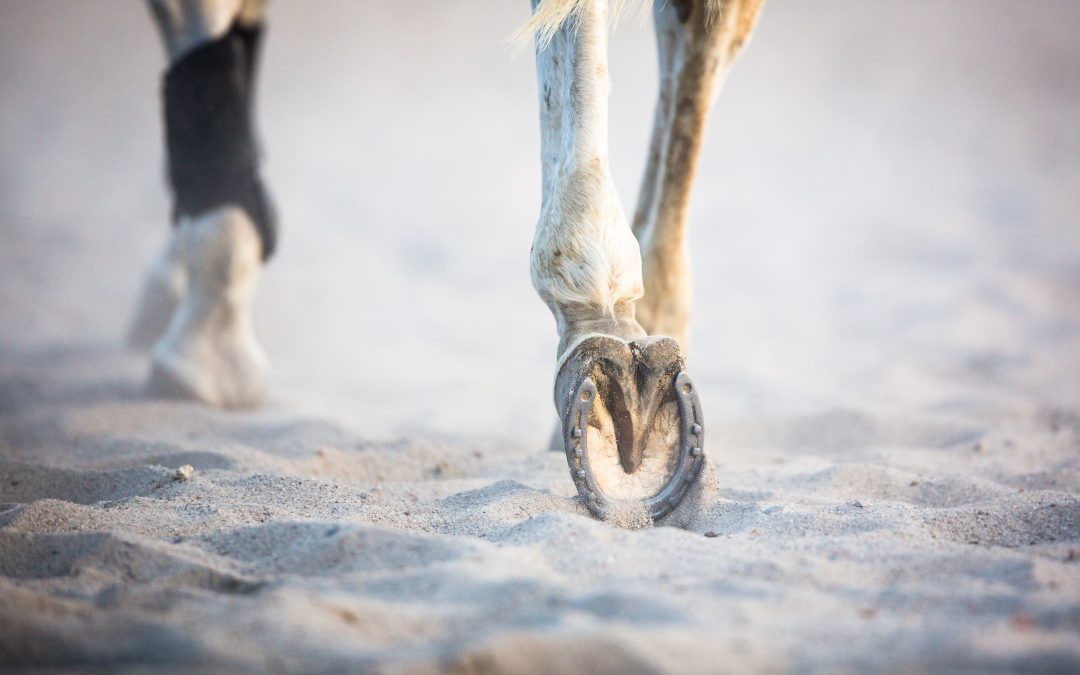Foot balance is important. If the shoe doesn’t fit correctly and help maintain the foot balance then potentially you line your four legged friend up for work related injuries. If the weight of the horse is being supported unevenly then stresses on the soft tissues such as the collateral ligaments, the deep digital flexor tendon (DDFT), the suspensory ligaments (SL), the superficial digital flexor tendon (SDFT) and the check ligament (CL) will be greater on the side of the foot that lands first.
After shoeing or trimming the horse should land square on the whole foot. This is evaluated by your farrier walking the horse up before and after trimming to ensure that they are landing correctly.
Below is a list of what you should be looking for with correct balance.
Medio-lateral balance.
This is the balance from the outside of the foot through to the inside. If they are landing more on te inside or outside, this will increase the pressure through the soft tissues and will lead to injury if not corrected.

Take a look at the sole:
The frog should be in the centre of the foot and the tip of the frog should be pointing at the tip of the toe. Any deviation off this would indicate foot imbalance.

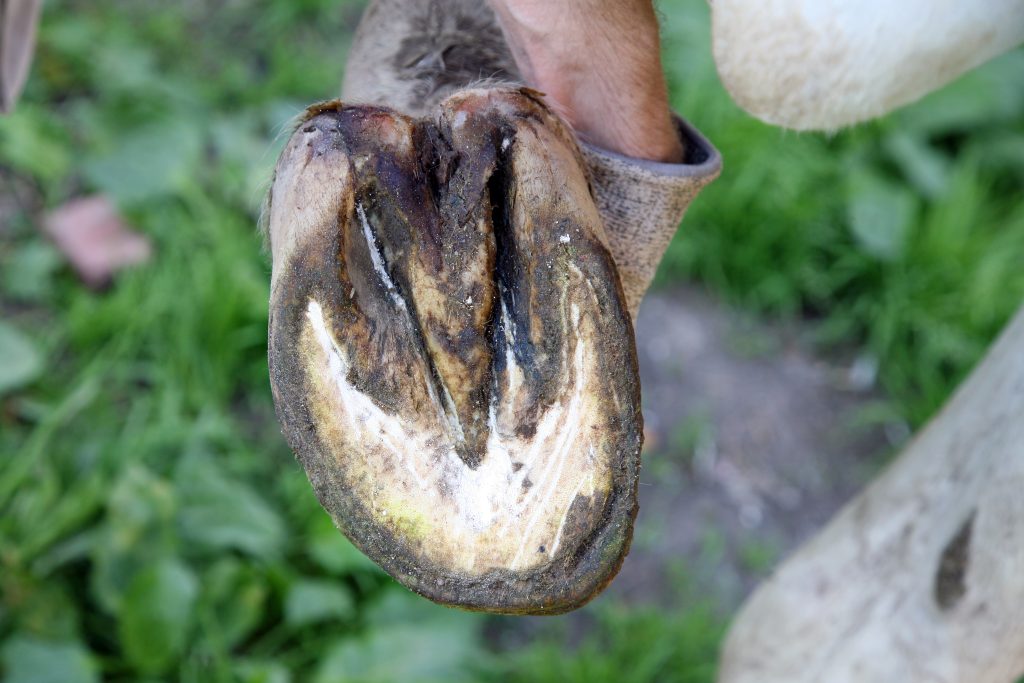
Long toes:
The toe is the lever. It controls the force that travels through the tendons at the back of the cannon and down to the bottom of the foot. The longer the toe, the bigger the leverage/force. This increases the chances of damage to either the DDFT or SDFT due to increased forces going through the limb.
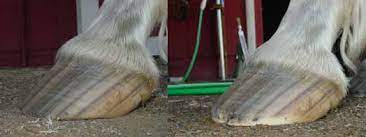
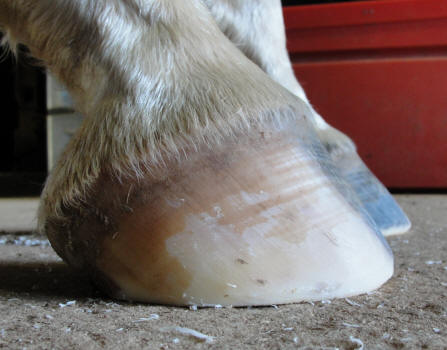
Keep on top of the number of weeks between visits:
For every week over the normal time scale (winter 6-7 weeks, summer 5-6 weeks), the longer the time to get back to where the foot should have been. So for every week over the normal shoeing cycle for your horse will equate to the number of visits the farrier will have to make to correct the problem. For example 1 week over ( 1 shoeing cycle to correct) 2 weeks over (2 shoeing cycles to correct). It is vital that you ensure that you (alongside your farrier) stay on top of your appointments to prevent injuries occurring.
How Vets can help:
This is not the whole story, unfortunately sometimes both the horse and mother nature like to throw curve balls at both vets and farriers and that is why the use of diagnostic tools like X-rays can help. They can show the imbalances that cannot be seen from the outside without the use of xray.
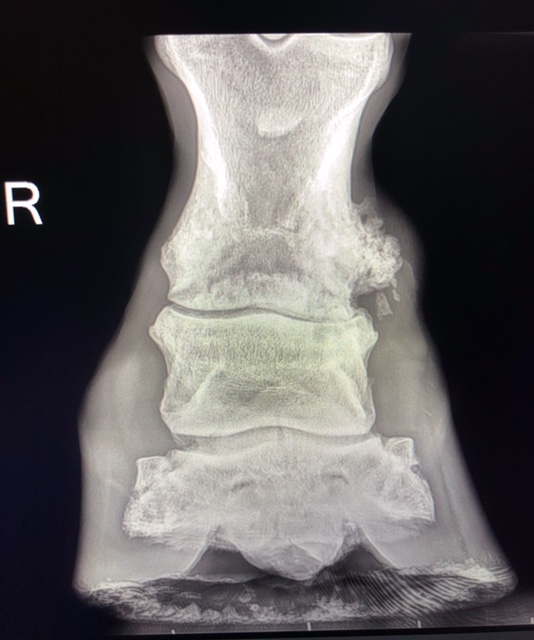
It is important when looking to get organised for the season that we look at how your horse is moving, how they are landing on the feet and how these feet look on the inside.

